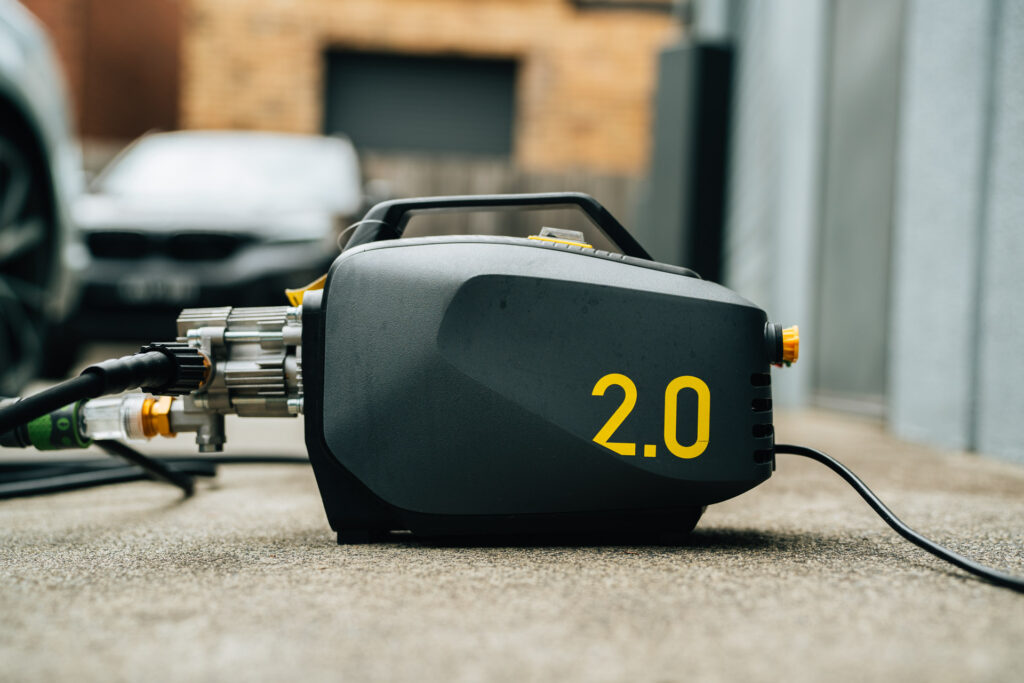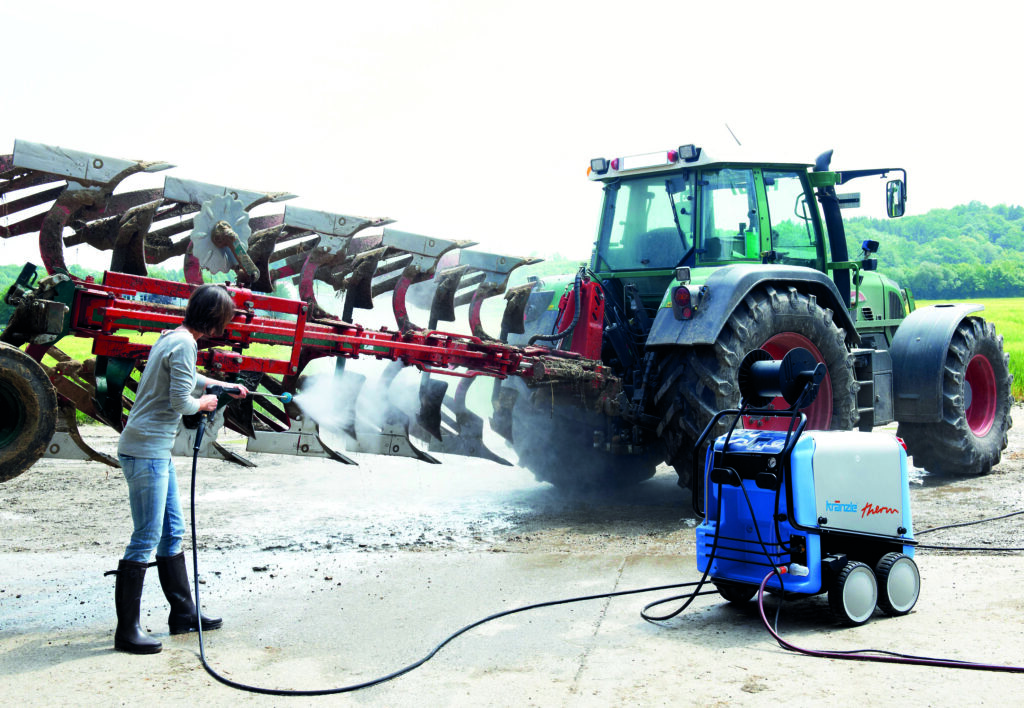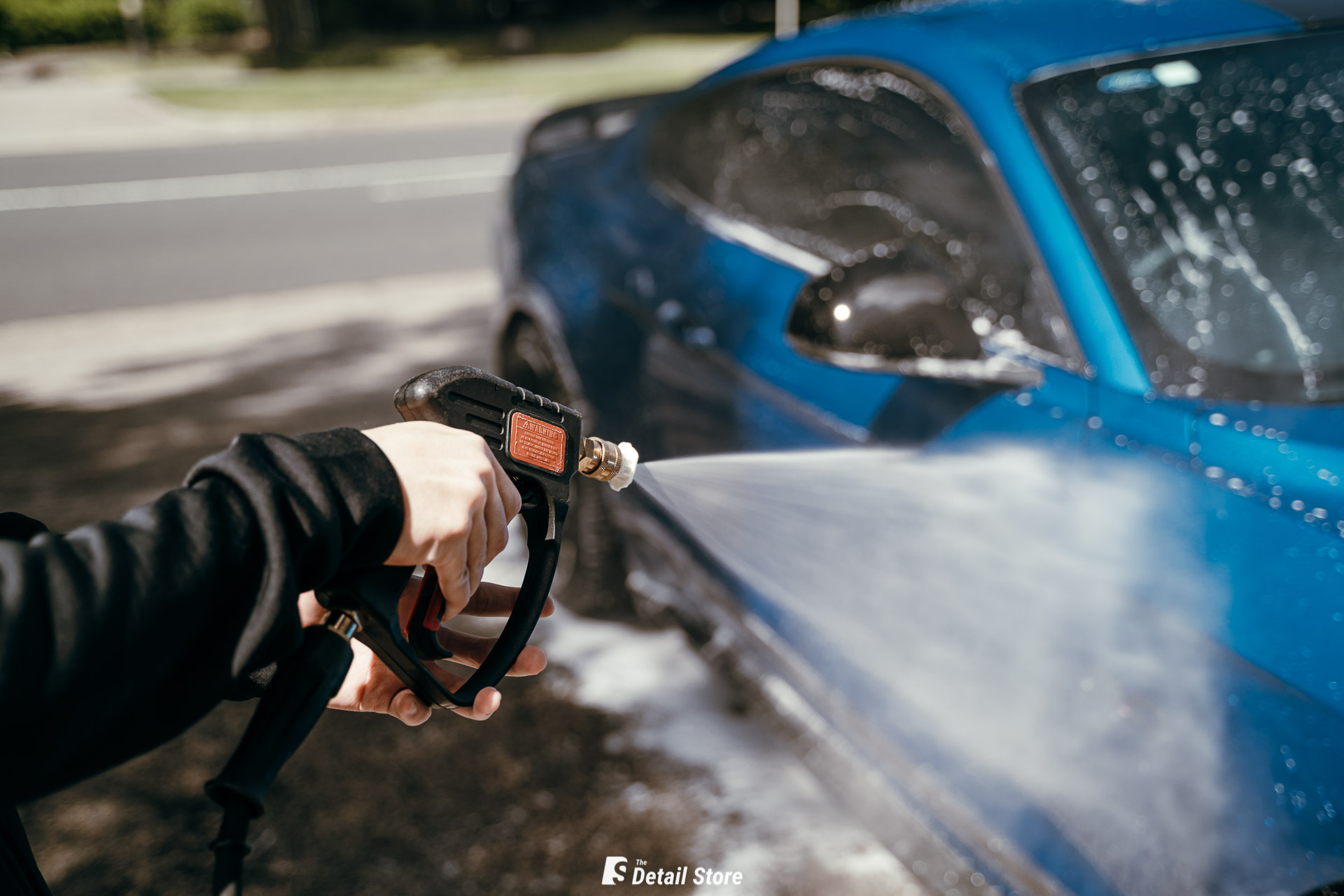Choosing the right pressure washer involves understanding key features that affect cleaning performance. One of these is the flow rate, measured in litres per minute (LPM). This article will guide you through why flow rate matters and how it impacts cleaning efficiency, particularly for professional detailers and avid DIY enthusiasts.
What Is Flow Rate?
Flow rate refers to the volume of water a pressure washer delivers per minute. Higher LPM means more water flows out of the nozzle, making cleaning faster and more thorough. For example, the Active 2.0 Pressure Washer Full Kit M22-14, provides an impressive 7 LPM, ensuring efficiency for car detailing tasks.

Why Does Flow Rate Matter?
Faster Cleaning
With a higher flow rate, dirt and debris are rinsed away more quickly, reducing the time spent on each task. This is particularly beneficial for cleaning larger surfaces like trucks or 4×4 vehicles.
Better Rinsing
For professional car detailing, thorough rinsing is essential to remove soap residue. A pressure washer with at least 6–8 LPM ensures a spotless finish without leaving water spots or streaks. Pairing high flow rate with accessories like a foam cannon enhances pre-wash efficiency.
Compatibility with Accessories
Many foam cannons and surface cleaners require a minimum flow rate to operate effectively. For instance, pairing a high-flow-rate washer with a foam cannon can produce thick, clinging foam for better coverage during pre-washing.
Balancing Flow Rate and Pressure
While flow rate is crucial, it’s essential to strike a balance with pressure (PSI). For car detailing, a pressure washer with moderate PSI (around 1200–1900) and a high flow rate provides the ideal combination for effective cleaning without damaging paintwork.
How Flow Rate Impacts Cleaning Performance
For the Typical Home User (Weekly Wash): A weekend detailer uses a pressure washer with 6 LPM to clean an SUV. The higher water volume quickly removes dirt, saving time and effort.
For the Professional (Frequent Use, Long- Term): A detailer working on a heavily soiled truck relies on a machine like the Kranzle KTH635-1 Pressure Washer, known for its robust performance. Its high flow rate ensures efficient rinsing, even on large, intricate surfaces.

Maintenance Tips for Optimal Flow Rate
- Keep Filters Clean: Regularly check and clean the inlet filter to maintain water flow.
- Avoid Clogs: Inspect nozzles and hoses for blockages to ensure consistent performance.
- Use Quality Accessories: Invest in durable hoses and connectors compatible with your pressure washer.
Conclusion
Understanding flow rate can significantly enhance your cleaning results, whether you’re a home user or a professional. Pressure washers that combine high flow rates with user-friendly designs make an excellent choice for various applications. By selecting the right flow rate, you can achieve faster, more effective cleaning every time. For the best results, ensure your pressure washer’s PSI and LPM are balanced for car detailing tasks.
-

Calvin brings a wealth of experience across multiple engineering disciplines, including chemical, mechanical, and electrical engineering. His in-depth knowledge of filtration systems and hydraulic pumps has positioned him as an expert in the pressure washer product category. With a unique combination of technical expertise and business insight, Calvin excels at solving complex challenges and driving innovation, particularly in the car detailing industry.

